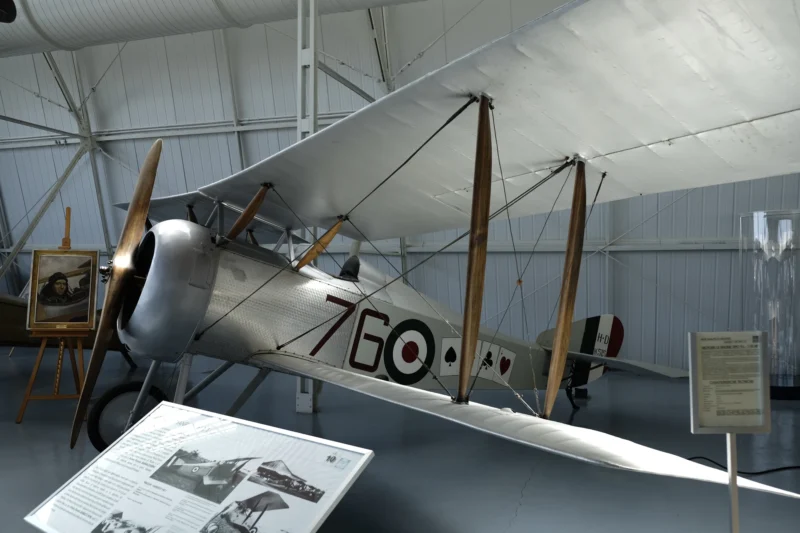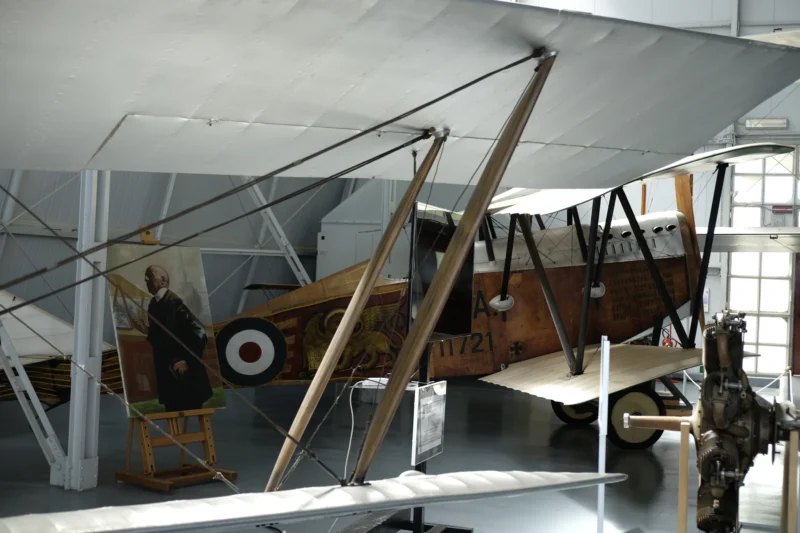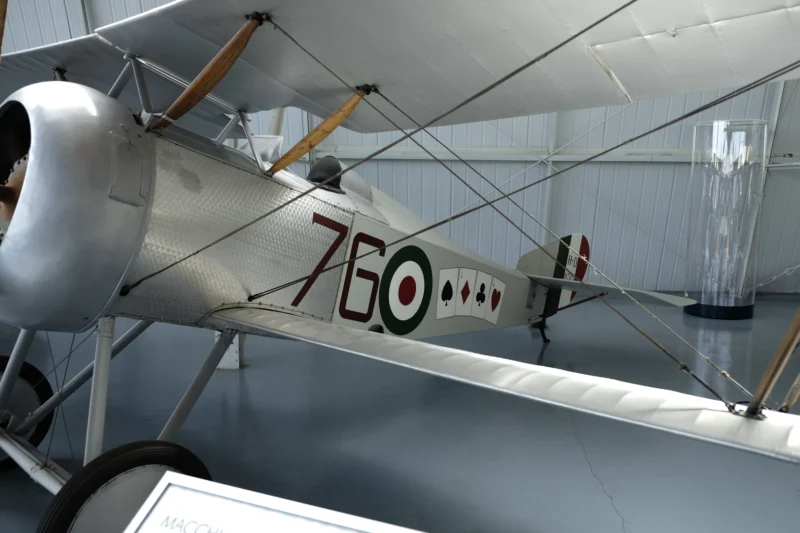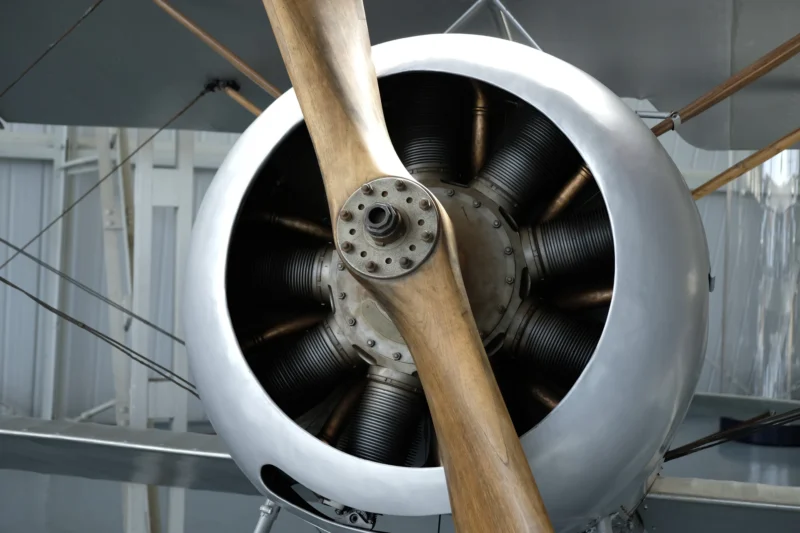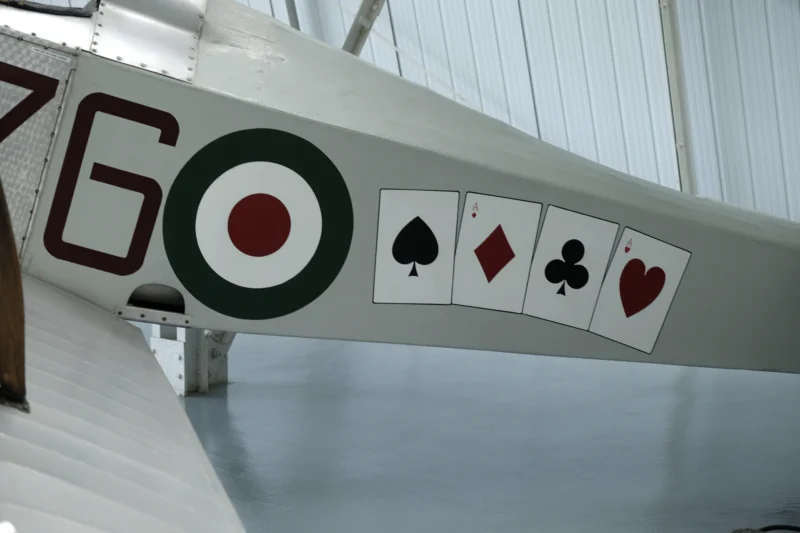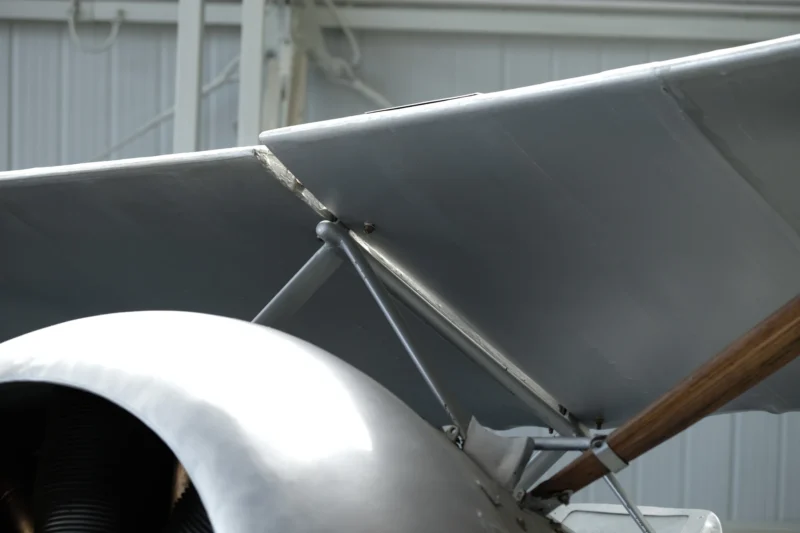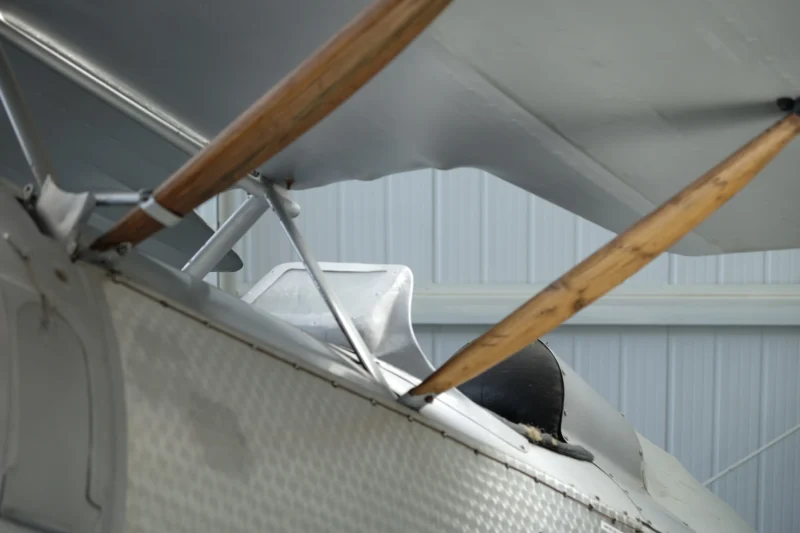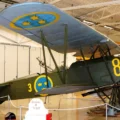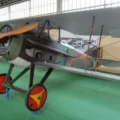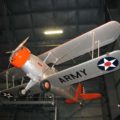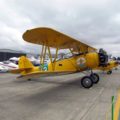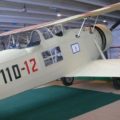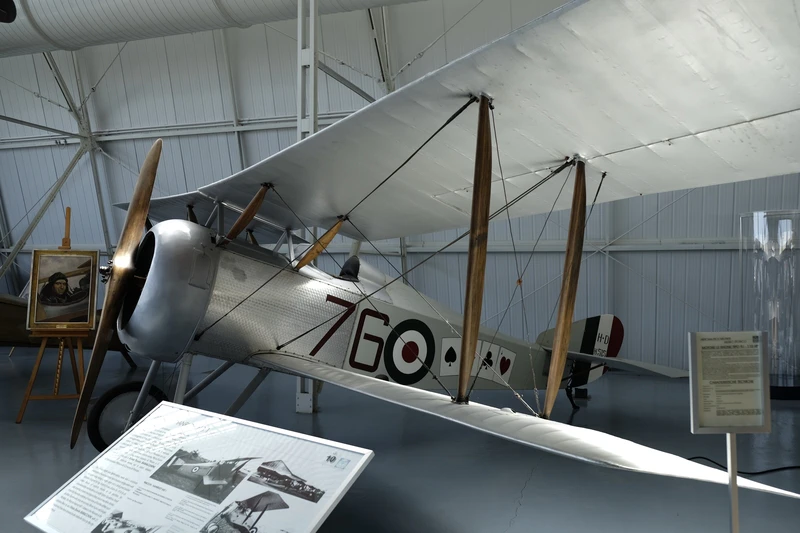
Hanriot HD.1 | |
|---|---|
| Country | France |
| Role | Biplane fighter aircraft |
| Introduction | June 1916 |
| Built | 1200+ |
The Hanriot HD.1 was a French World War I single-seat fighter aircraft. Rejected for service with French squadrons in favour of the SPAD S.VII, the type was supplied to the Belgian Army′s Aviation Militaire Belge (“Belgian Military Aviation”) and the Royal Italian Army′s Corpo Aeronautico Militare (“Military Aviation Corps”), with both of which it proved highly successful. Of a total of about 1,200 examples built, 831 were produced by Italian companies under licence.
Source: Hanriot HD.1 on Wikipedia
| Hanriot HD.1 Walk Around | |
|---|---|
| Photographer | Unknow |
| Localisation | Unknow |
| Photos | 13 |
See also:
General Characteristics
The Hanriot HD.1 was a highly successful French single-seat fighter biplane of World War I. Although designed and developed in France, it was rejected by the French Air Service (Aviation Militaire) in favor of the SPAD S.VII. However, it was eagerly adopted and became the standard front-line fighter for both the Belgian and Italian air services from 1917 until the end of the war, primarily due to its exceptional maneuverability and robust, reliable airframe. It was also license-built in large numbers by Nieuport-Macchi in Italy.
| Property | Typical Value |
|---|---|
| Role | Single-Seat Fighter Biplane |
| Manufacturer | Hanriot-Dupont (France), Nieuport-Macchi (Italy, License) |
| First Flight | June 1916 |
| In Service | 1917–Post-War |
| No. Built | ~1,200 (Total, including Italian production) |
| Crew | 1 (Pilot) |
| Length | 5.85 m (19 ft 2 in) |
| Wingspan | 8.70 m (28 ft 7 in) |
| Max Takeoff Weight | 652 kg (1,437 lb) |
Powerplant and Performance
- Engine: One Le Rhône 9J or 9Jb 9-cylinder air-cooled rotary engine.
- Power Output: 82 kW (110 hp) or 97 kW (130 hp) in later variants.
- Maximum Speed: 184 km/h (114 mph) at sea level.
- Service Ceiling: 6,400 m (21,000 ft).
- Time to Altitude: Approx. 6 minutes 3 seconds to 2,000 m (6,560 ft).
- Design Note: The HD.1 used a “1½-strut” cabane arrangement similar to the Sopwith Strutter, which Hanriot was licensed to build. It was valued for its light controls and ease of flying.
Armament
- Standard Armament: 1 x 7.7 mm (.303 in) fixed, forward-firing Vickers machine gun (synchronized).
- Armament Rationale: Though contemporary fighters often carried two guns, the HD.1’s rotary engine was less powerful. Limiting armament to one gun preserved its excellent climbing performance and maneuverability, which pilots valued.
- Experimental Armament: Some Belgian aces, notably Willy Coppens, experimentally fitted a single, high-caliber 11 mm (.433 in) Vickers machine gun for “balloon busting” sorties against German observation balloons.
- Post-War Service: The HD.1 was also used by the US Navy in the 1920s for shipboard launch experiments from platforms mounted on battleship turrets.
Views : 1041
